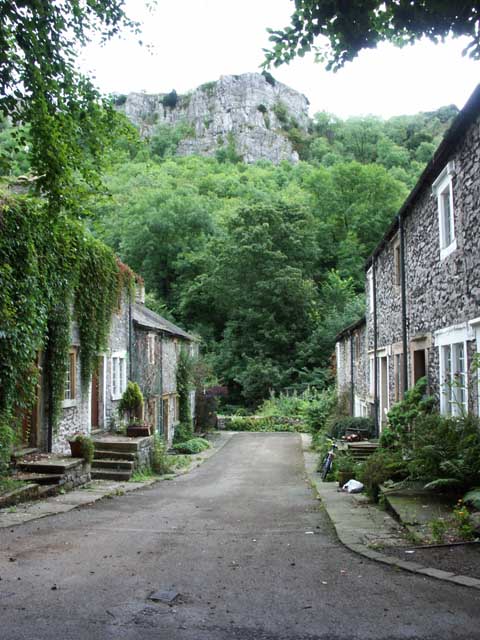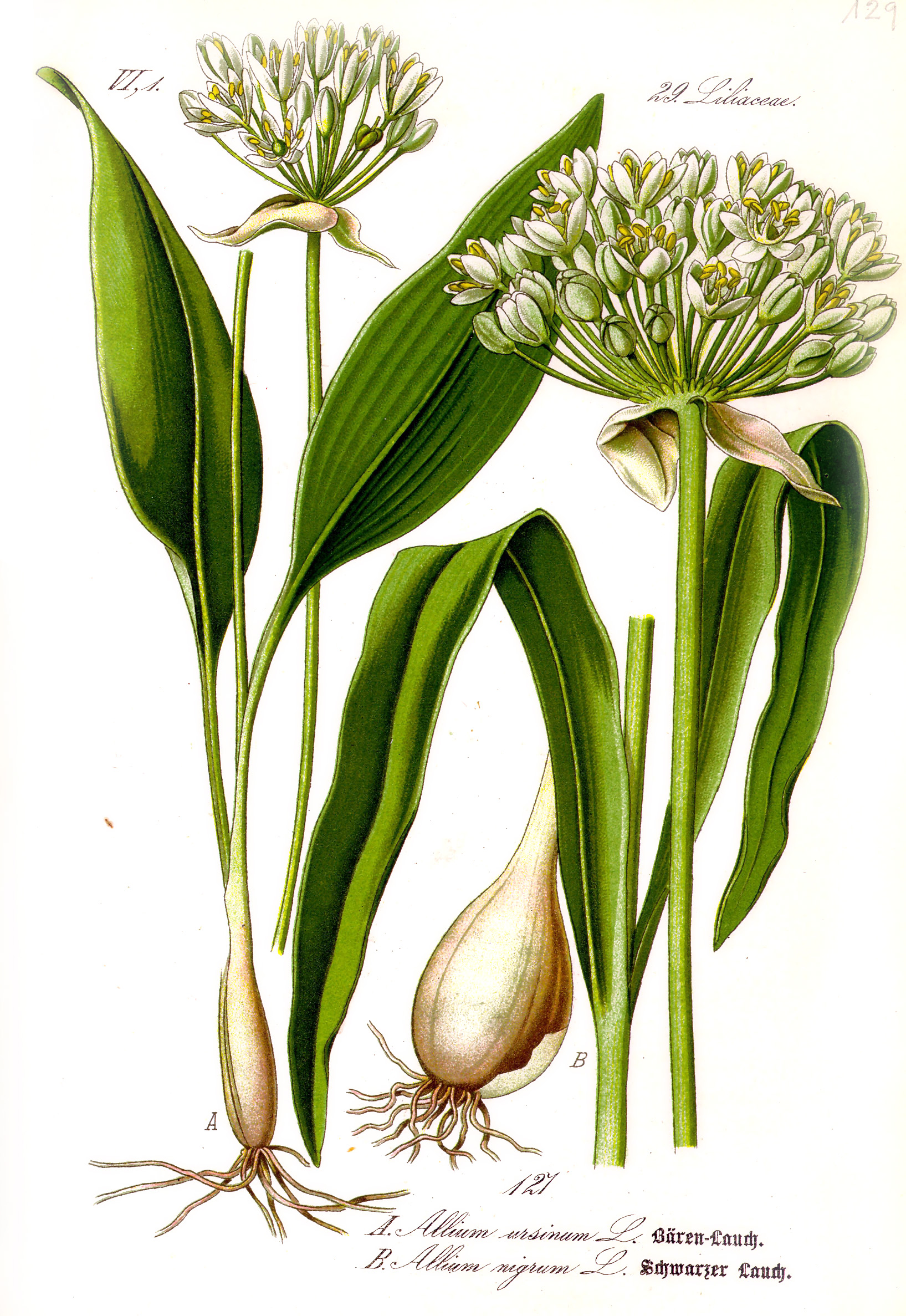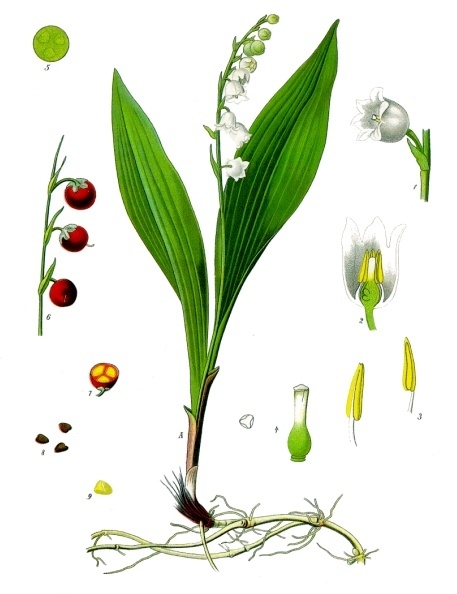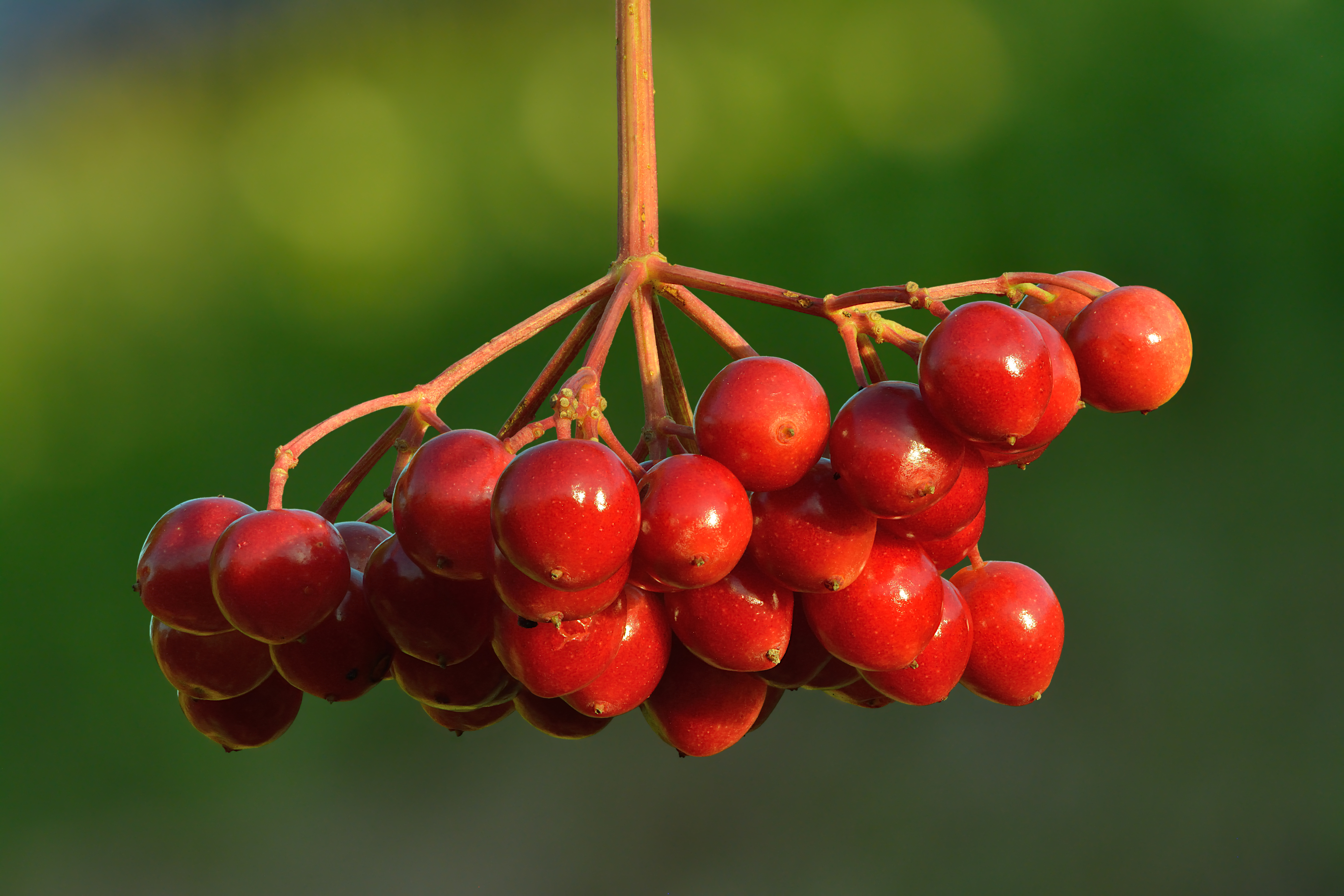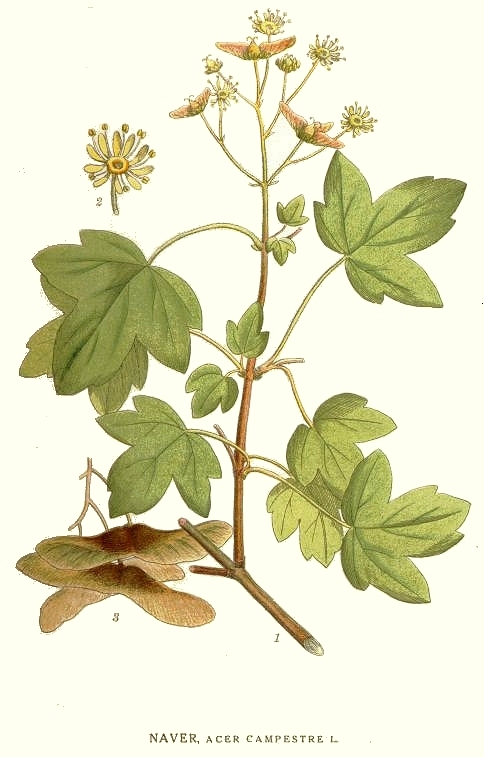|
Cressbrook Dale
Cressbrook Dale (also called Ravensdale) is a dry carboniferous limestone gorge near Bakewell, Derbyshire, in the Peak District of England. The dale is cut into a plateau of farmland and lies to the south east of the village of Litton. Cressbrook village is at the foot of the valley to the south. The valley is dry over the summer but has a winterbourne stream which runs into the mill pond at Cressbrook Mill and then into the River Wye in Water-cum-Jolly Dale. Nature reserve Cressbrook Dale is part of the Derbyshire Dales National Nature Reserve. Natural England manages the reserve which covers five separate dales of the White Peak (Lathkill Dale, Cressbrook Dale, Hay Dale, Long Dale and Monk’s Dale). It is also an Important Plant Area. The reserve contains ash and wych elm woodland and shrubs including dog’s mercury, field maple, guelder rose, hazel, bird cherry and dogwood. Wildflowers in the reserve include lily-of-the-valley, ramsons and bloody cranesbill. There ... [...More Info...] [...Related Items...] OR: [Wikipedia] [Google] [Baidu] |
Derbyshire
Derbyshire ( ) is a ceremonial county in the East Midlands, England. It includes much of the Peak District National Park, the southern end of the Pennine range of hills and part of the National Forest. It borders Greater Manchester to the north-west, West Yorkshire to the north, South Yorkshire to the north-east, Nottinghamshire to the east, Leicestershire to the south-east, Staffordshire to the west and south-west and Cheshire to the west. Kinder Scout, at , is the highest point and Trent Meadows, where the River Trent leaves Derbyshire, the lowest at . The north–south River Derwent is the longest river at . In 2003, the Ordnance Survey named Church Flatts Farm at Coton in the Elms, near Swadlincote, as Britain's furthest point from the sea. Derby is a unitary authority area, but remains part of the ceremonial county. The county was a lot larger than its present coverage, it once extended to the boundaries of the City of Sheffield district in South Yorkshire where it cov ... [...More Info...] [...Related Items...] OR: [Wikipedia] [Google] [Baidu] |
Important Plant Areas
Important Plant Areas (IPA) is a programme set up in the UK, by the organisation Plantlife, to provide a framework for identifying and maintaining the richest sites for plant life, possibly within existing protected areas; though the protection of the IPA itself is not legally enforced. The term plant life in this case refers to any number of species, encompassing algae, fungi, lichens, liverworts, mosses, and wild vascular plants. IPAs are selected with the intention of focusing on the conservation of the important wild plant populations in these areas, and act as a subset in the broader context of Key Biodiversity Areas. Designating an IPA is intended to gain awareness and encourage long-term conservation through an 'ecosystem-based' approach. The identification of IPAs is based on three criteria: A. Presence of threatened plant species: the site holds significant populations of one or more species that are of global or regional conservation concern B. Presence of botanical rich ... [...More Info...] [...Related Items...] OR: [Wikipedia] [Google] [Baidu] |
Prunus Spinosa
''Prunus spinosa'', called blackthorn or sloe, is a species of flowering plant in the rose family Rosaceae. The species is native to Europe, western Asia, and regionally in northwest Africa. It is locally naturalized in New Zealand, Tasmania, and the Pacific Northwest and New England regions of the United States. The fruits are used to make sloe gin in Britain and patxaran in Spain. The wood is used to make walking sticks, including the Irish shillelagh. Description ''Prunus spinosa'' is a large deciduous shrub or small tree growing to tall, with blackish bark and dense, stiff, spiny branches. The leaves are oval, long and broad, with a serrated margin. The flowers are about in diameter, with five creamy-white petals; they are produced shortly before the leaves in early spring, and are hermaphroditic, and insect-pollinated. The fruit, called a "sloe", is a drupe in diameter, black with a purple-blue waxy bloom, ripening in autumn and traditionally harvested – at lea ... [...More Info...] [...Related Items...] OR: [Wikipedia] [Google] [Baidu] |
Crataegus
''Crataegus'' (), commonly called hawthorn, quickthorn, thornapple, Voss, E. G. 1985. ''Michigan Flora: A guide to the identification and occurrence of the native and naturalized seed-plants of the state. Part II: Dicots (Saururaceae–Cornaceae)''. Cranbrook Institute of Science and University of Michigan Herbarium, Ann Arbor, Michigan. May-tree,Graves, Robert. ''The White Goddess: A Historical Grammar of Poetic Myth'', 1948, amended and enlarged 1966, New York: Farrar, Straus and Giroux. whitethorn, Mayflower, or hawberry, is a genus of several hundred species of shrubs and trees in the family Rosaceae, native to temperate regions of the Northern Hemisphere in Europe, Asia, North Africa, and North America. The name "hawthorn" was originally applied to the species native to northern Europe, especially the common hawthorn ''C. monogyna'', and the unmodified name is often so used in Britain and Ireland. The name is now also applied to the entire genus and to the related Asian ... [...More Info...] [...Related Items...] OR: [Wikipedia] [Google] [Baidu] |
Geranium Sanguineum
''Geranium sanguineum'', common names bloody crane's-bill or bloody geranium, is a species of hardy flowering herbaceous perennial plant in the cranesbill family Geraniaceae. It is also the county flower of Northumberland. Geranium sanguineum 'Striatum' Etymology The genus name is derived from the Greek γέρανος ("géranos"), meaning crane, with reference to the appearance of the fruit capsule. The specific Latin name ''sanguineum'' refers to the red color assumed by the leaves in Autumn. Description The biological form of ''Geranium sanguineum'' is hemicryptophyte, as its overwintering buds are situated just below the soil surface and the floral axis is more or less erect with a few leaves. It has a thick rhizome. The stems are prostrate to ascending, well developed, very branched and hairy. This plant reaches on average in height.Pignatti S. - Flora d'Italia – Edagricole – 1982. Vol. II, pag. 6 The petiolate leaves have five lobes (or segments), each segment ... [...More Info...] [...Related Items...] OR: [Wikipedia] [Google] [Baidu] |
Allium Ursinum
''Allium ursinum'', known as wild garlic, ramsons, cowleekes, cows's leek, cowleek, buckrams, broad-leaved garlic, wood garlic, bear leek, Eurasian wild garlic or bear's garlic, is a bulbous perennial flowering plant in the amaryllis family Amaryllidaceae. It is native to Europe and Asia, where it grows in moist woodland. It is a wild relative of onion and garlic, all belonging to the same genus, ''Allium''. There are two recognized subspecies: ''A. ursinum'' subsp. ''ursinum'' and ''A. ursinum'' subsp. ''ucrainicum''. Etymology The Latin specific name ''ursinum'' translates to 'bear' and refers to the supposed fondness of the brown bear for the bulbs; folk tales describe the bears consuming them after awakening from hibernation. Another theory is that the "''ursinum''" may refer to Ursa Major, as ''A. ursinum'' was perhaps one of the most northerly distributed ''Allium'' species known to the ancient Greeks, though this hypothesis is disputed. Common names for th ... [...More Info...] [...Related Items...] OR: [Wikipedia] [Google] [Baidu] |
Lily-of-the-valley
Lily of the valley (''Convallaria majalis'' (), sometimes written lily-of-the-valley, is a woodland flowering plant with sweetly scented, pendent, bell-shaped white flowers borne in sprays in spring. It is native throughout the cool temperate Northern Hemisphere in Asia and Europe. ''Convallaria majalis'' var. ''montana'', also known as the American lily of the valley, is native to North America. Due to the concentration of cardiac glycosides (cardenolides), it is highly poisonous if consumed by humans or other animals. Other names include May bells, Our Lady's tears, and Mary's tears. Its French name, ''muguet'', sometimes appears in the names of perfumes imitating the flower's scent. In pre-modern England, the plant was known as glovewort (as it was a wort used to create a salve for sore hands), or Apollinaris (according to a legend that it was discovered by Apollo). Description ''Convallaria majalis'' is an herbaceous perennial plant that often forms extensive colonies by s ... [...More Info...] [...Related Items...] OR: [Wikipedia] [Google] [Baidu] |
Cornus Sanguinea
''Cornus sanguinea'', the common dogwood or bloody dogwood, is a species of dogwood native to most of Europe and western Asia, from England and central Scotland east to the Caspian Sea. It is widely grown as an ornamental plant. Description It is a medium to large deciduous shrub, growing tall, with dark greenish-brown branches and twigs. The leaves are opposite, long and broad, with an ovate to oblong shape and an entire margin; they are green above, slightly paler below, and rough with short stiff pubescence. The hermaphrodite flowers are small, diameter, with four creamy white petals, produced in clusters diameter, and are insect pollinated. The fruit is a globose black berry diameter, containing a single seed. The berries are sometimes called "dogberries". Ecology It prefers moderate warmth in sunny places, though it can tolerate shade and in the more southern areas of its distribution area grows in the mountains. In cooler areas such as Scandinavia it grows at se ... [...More Info...] [...Related Items...] OR: [Wikipedia] [Google] [Baidu] |
Prunus Padus
''Prunus padus'', known as bird cherry, hackberry, hagberry, or Mayday tree, is a flowering plant in the rose family. It is a species of cherry, a deciduous small tree or large shrub up to tall. It is the type species of the subgenus '' Padus'', which have flowers in racemes. It is native to northern Europe and northern and northeast Asia, and is grown as an ornamental in North America. Distribution ''Prunus padus'' is native to eastern, central and northern Europe and spans central latitudes of Asia, including Japan. Its distribution includes the all of Western and Central Europe north of the Pyrenees and the Alps and south of the treeline with small pockets also found in Iberia and Northern Italy and even parts of North Africa. It also inhabits all of Eastern Europe north of the Balkan Mountains and the Steppe, as well as in the Caucasus. In Asia it is found throughout the forests of Siberia, the Russian Far East, Korea, Hokkaido, and parts of China with pockets in t ... [...More Info...] [...Related Items...] OR: [Wikipedia] [Google] [Baidu] |
Corylus Avellana
''Corylus avellana'', the common hazel, is a species of flowering plant in the birch family Betulaceae. It is native to Europe and western Asia. It is an important component of the hedgerows that were the traditional field boundaries in lowland England. The wood was traditionally grown as coppice, the poles cut being used for wattle-and-daub building and agricultural fencing. Common hazel is cultivated for its nuts. The name hazelnut applies to the nuts of any species in the genus ''Corylus'', but in commercial settings a hazelnut is usually that of ''C. avellana''. This hazelnut or cob nut, the kernel of the seed, is edible and used raw or roasted, or ground into a paste. The cob is round, compared with the longer filbert nut. Description Common hazel is typically a shrub reaching tall, but can reach . The leaves are deciduous, rounded, long and across, softly hairy on both surfaces, and with a double-serrate margin. The flowers are produced very early in spring, before ... [...More Info...] [...Related Items...] OR: [Wikipedia] [Google] [Baidu] |
Viburnum Opulus
''Viburnum opulus'', the guelder-rose or guelder rose () is a species of flowering plant in the family (biology), family Adoxaceae (formerly Caprifoliaceae) native plant, native to Europe, northern Africa and central Asia. Description ''Viburnum opulus'' is a deciduous shrub growing to tall. The leaves are opposite, three-lobed, long and broad, with a rounded base and coarsely serrated margins; they are superficially similar to the leaves of some maples, most easily distinguished by their somewhat wrinkled surface with impressed leaf venation. The leaf buds are green, with valvate bud scales. The plant sexuality, hermaphrodite flowers are white, produced in corymbs in diameter at the top of the stems; each corymb comprises a ring of outer sterile flowers 1.5–2 cm in diameter with conspicuous petals, surrounding a center of small (5 mm), fertile flowers; the flowers are produced in early summer, and pollination, pollinated by insects. The fruit is a globose bright ... [...More Info...] [...Related Items...] OR: [Wikipedia] [Google] [Baidu] |
Acer Campestre
''Acer campestre'', known as the field maple, is a flowering plant species in the family Sapindaceae. It is native to much of continental Europe, Britain, southwest Asia from Turkey to the Caucasus, and north Africa in the Atlas Mountains. It has been widely planted, and is introduced outside its native range in Europe and areas of USA and Western Australia with suitable climate. Description It is a deciduous tree reaching tall, with a trunk up to in diameter, with finely fissured, often somewhat corky bark. The shoots are brown, with dark brown winter buds. The leaves are in opposite pairs, long (including the petiole) and broad, with five blunt, rounded lobes with a smooth margin. Usually monoecious, the flowers are produced in spring at the same time as the leaves open, yellow-green, in erect clusters across, and are insect-pollinated. The fruit is a samara with two winged achenes aligned at 180°, each achene is wide, flat, with a wing. The two varieties, not accept ... [...More Info...] [...Related Items...] OR: [Wikipedia] [Google] [Baidu] |
